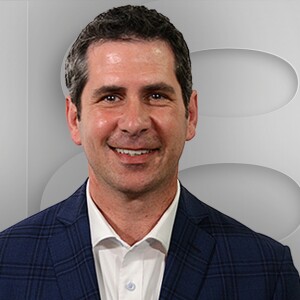LEXINGTON, Ky. (LEX 18) — The days of allowing a horse to race with an injury are essentially over, and it's a big reason why the sport has seen a reduction in catastrophic injuries.
“Since 2009 when we instituted the equine injury database, we know we’ve reduced fatalities by 34 percent in the last year,” said Grayson Jockey Club President Jamie Haydon.
Haydon was speaking moments after his presentation at the club's 11th annual summit on The Welfare and Safety of the Racehorse.

Covering Kentucky
$10 million Powerball ticket sold at Circle K in KY
During this seminar, ideas and revelations from data and research are shared to determine better ways of keeping the horses safe before, during, and after training and racing. For example, Haydon pointed out that in America, a horse isn’t allowed to race unless he/she has been examined by an independent veterinarian. This practice has helped to eliminate many in-race injuries, according to Haydon.
“The one bad step theory is just that, it’s a theory. There’s no such thing. Injuries build up over time, (now) we can see micro-fractures in bones. That adds a level of care,” he said of the race-day exams.
Haydon said if a potential problem is uncovered, the horse is scratched and they move on.
Other advancements on the medical side have helped too. Once upon a time, almost every catastrophic injury resulted in euthanasia. That’s no longer the case.
“We have improved surgical and anesthesia techniques,” said Dr. Emma Adam from the University of Kentucky’s Gluck Equine Research Center. “And we obviously know more about rehab now,” she added, while discussing that every serious equine injury no longer has to be a death sentence for the injured horse.

Sports
Drag racing legend John Force survives 300 mph crash: 'That was horrifying'
Overall, there are still improvements to be made, and they know that. That is why they’ve been coming to this seminar for more than a decade.
“Just to keep our horses safe and sound. We have people that really love these animals, it’s up to us to be stewards to these animals,” Haydon said. “We’re tracking the horse three days after (a race) to make sure the data represents all of those animals."





